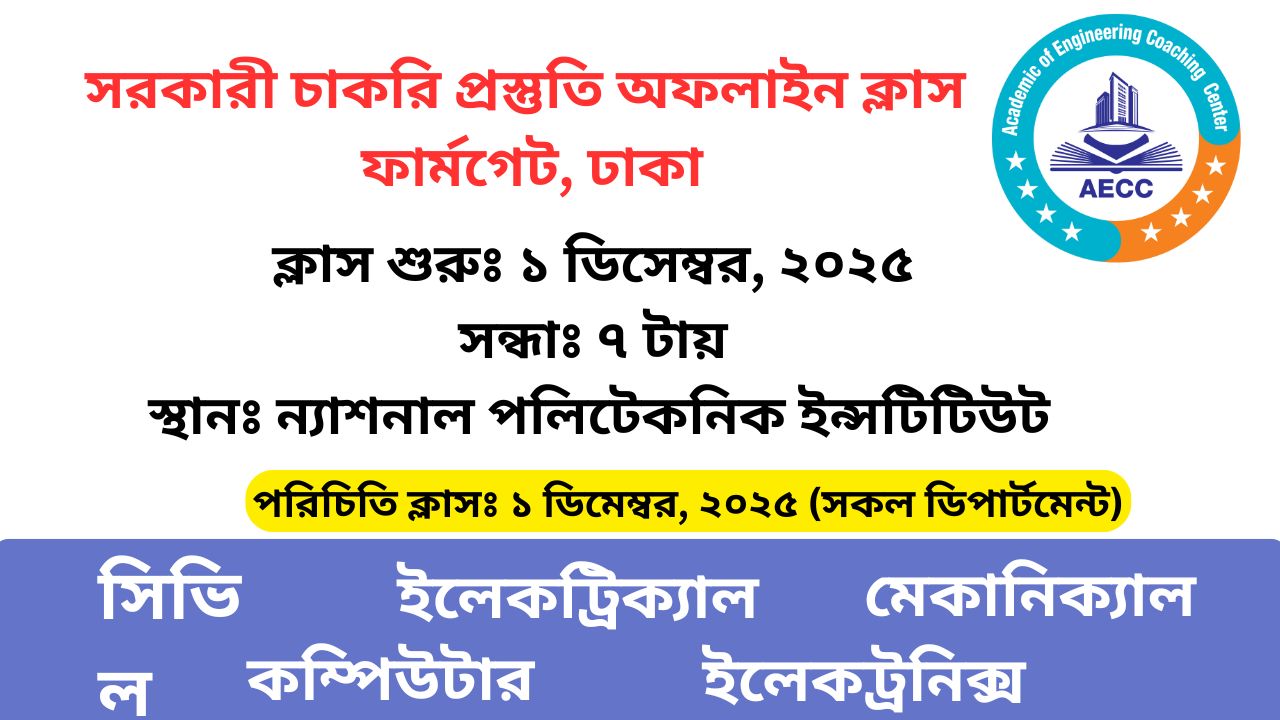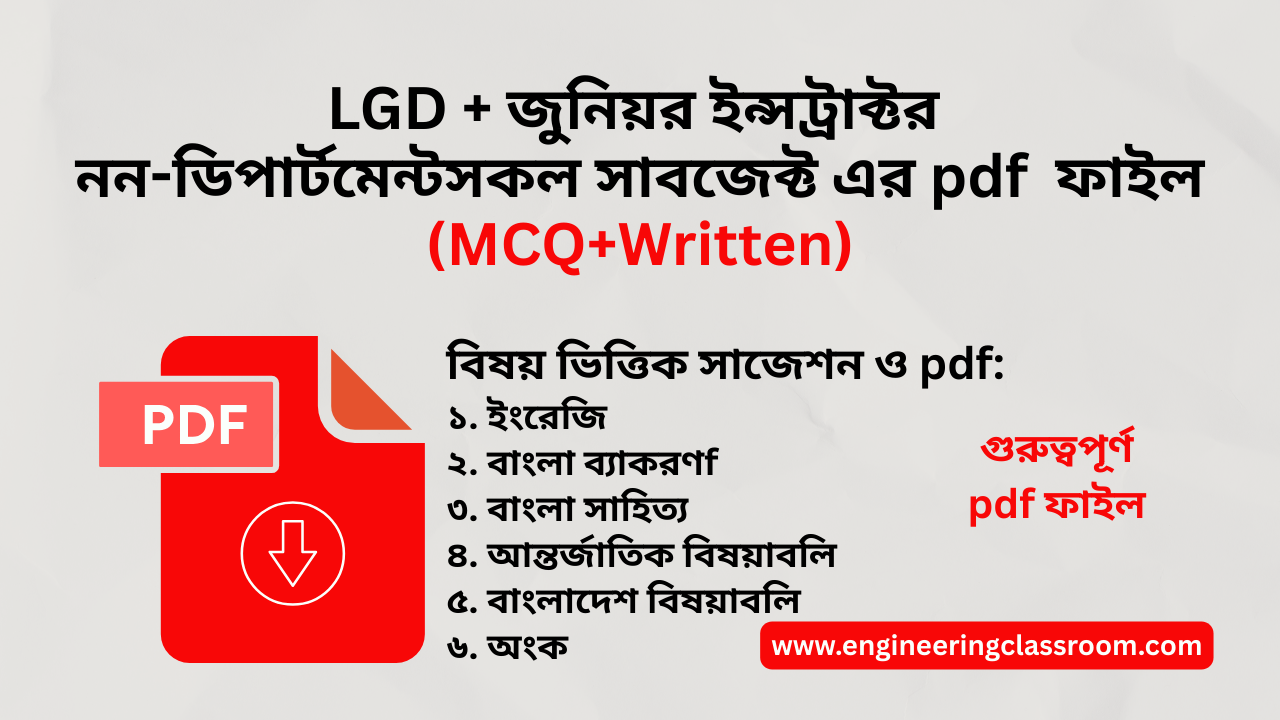MCQ
141. The type of transition curve recommended by the IRC is-
cubic parabola
lamniscate
cubic spiral
none of these
142. Which of the following is not a transition curve?
compound curve
cubic parabola
cubic spiral
true spiral
143. The thickness of the parapet wall, on the valley side of the roadway, is usually kept as-
20cm 60cm
60cm
40cm
80cm
144. The shape of a vertical curve is-
parabolic
elliptical
spiral
any one of these
145. A terrain with cross-slope less than 10%, is called---terrain.
steep
level
mountainous
rolling
146. The stopping sight distance depends upon the-
reaction time
breaking time
speed of vehicle
all of these
ব্যাখ্যা: ব্যাখ্যা: Stoping sight distance=Reaction distance (d1)+ Breaking distance (d2).
147. In snow-bound sections, the superelevation on roads should not be more than-
7%
9%
8%
10%
148. Exceptional gradient should not be provided in a length more than-
0m
20m
50m
100m
ব্যাখ্যা: ব্যাখ্যা: একান্তভারে বাধ্য হয়ে লিমিটিং গ্রেডিয়েন্ট অপেক্ষা অধিক গ্রেডিয়েন্ট প্রয়োগ করা হয়, তাকে একসেপশনাল গ্রেডিয়েন্ট বলে। এটি সায়ান্য দৈর্ঘ্যে করা যেতে পারে।
149. The reaction time of a driver---- with the increase in speed.
remains constant
increases
decreases
same
150. A cement grouted road is an example of ---pavement.
semi-rigid
flexible
rigid
all of these
151. The minimum thickness of the base of a flexible pavement is kept as-
5cm
15cm
10cm
20cm
152. The width of the class 5 road is-
2.45m
4.9m
3.65m
6m
153. Rolling terrain is a terrain with cross-slope of-
upto 10%
25 to 60%
10 to 25%
greater than 60%
154. The structure of a road is composed of-
base
sub-base
sub-grade
all of these
155. The maximum super-elevation on hill roads should not exceed-
7%
8%
9%
8.33%
156. The depth of reinforcement, below the surface of pavement, is kept as-
25mm
50mm
75mm
100mm
157. The width of the class 9 road is-
2.45m
4.9m
3.65m
6m
158. Alignment of a road is finally decided on the basis of-
selection of route
trace cut
field survey
none of these
159. The stopping sight distance is always -----overtaking sight distance.
equal to
greater than
less than
none of these
ব্যাখ্যা: SSD=d1+d2
OVS=d1+d2+d3
160. The sub-base course is placed immediately above the-
sub-grade
base
wearing course
none of these
















